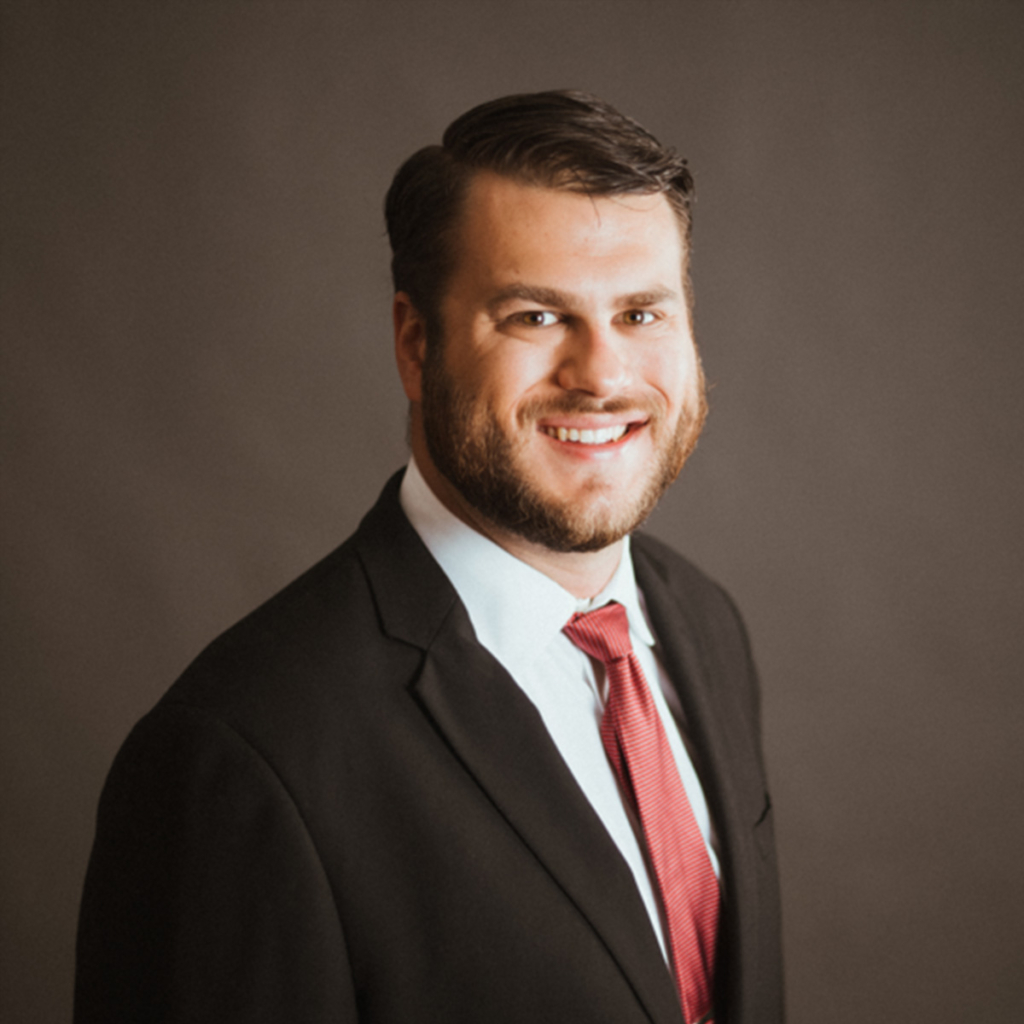Welcome from Jordan Hairr


As of January 1, 2014, the Health Resources and Services Administration, also known as HRSA, designated over 6,000 primary care shortage areas where the physician to population ratio of 1:3,500 or more existed. HRSA estimates it would take an additional 8,000 primary care physicians to eliminate this current need. However, the ratio used by HRSA is much higher than the 1:1067 ratio suggested by the Robert Wood Johnson Foundation. The Robert Wood Johnson Foundation data pushes the primary care provider need closer to 24,000.
The present shortage has been predicted for some time. In fact, in 2006, the American College of Physicians stated that primary care was on the verge of collapse and unable to keep up with population growth, people with chronic disease, and long-term care of the aging. A 2012 study by Petterson et al. (Annals of Family Medicine) estimates that 52,000 additional primary care providers will be needed by 2025. Finally, the health care crisis in the United States and South Carolina will most likely worsen when the Patient Protection and Affordable Care Act (ACA) becomes fully operational and overnight up to 38.2 million uninsured U.S. residents (950,000 from South Carolina) purchase health insurance and seek out a primary care provider (Kaiser Family Foundation, 2014). In an already stressed community, who will meet the primary care demand? As the paradigm of health care shifts, new models of care – like the patient-centered medical home – are ideally suited for the PA provider, who has a generalist education, team-based practice, and strong focus on wellness and prevention (American Academy of Physician Assistant, 2014)
According to the American Academy of Physician Assistants (2014), the “PA is a graduate of an accredited PA educational program who is nationally certified and state-licensed to practice medicine with the supervision of a physician (n.p.).” The physician-PA practice can be described as delegated autonomy. In other words, the physician will delegate duties to PA, and within that duty range, PAs use autonomous decision-making for patient care. This team model is an efficient way to provide high–quality medical care. In rural areas, the PA may be the only healthcare provider on-site, collaborating with a physician elsewhere through telecommunication. PAs perform physical examinations, diagnose and treat illnesses, order and interpret lab tests, perform procedures, assist in surgery, provide patient education and counseling and make rounds in hospitals and nursing homes. PAs practice medicine in all 50 states and the District of Columbia. (AAPA, 2014)
Every year, a typical PA treats over 3,500 patients and writes between 2,600 to 5,200 prescriptions. On average, 80% provide acute care management, 64% provide chronic disease management, and 52% perform minor surgical procedures. Most PAs see patients with multiple chronic diseases. Thirty-seven percent of PAs work in medically underserved counties in the U.S., and on average, 23% of their patients are on Medicaid, and 14% are dual-eligible.
North Greenville University (NGU) believes the PA can help meet the present primary care crises and matriculate 30 students annually. For more information on the program, please follow the links on this website. To contact the program directly, send an email to paadmissions@ngu.edu.
Sincerely,
Jordan Hairr, Ed.D., MSPAS, PA-C
Program Director

